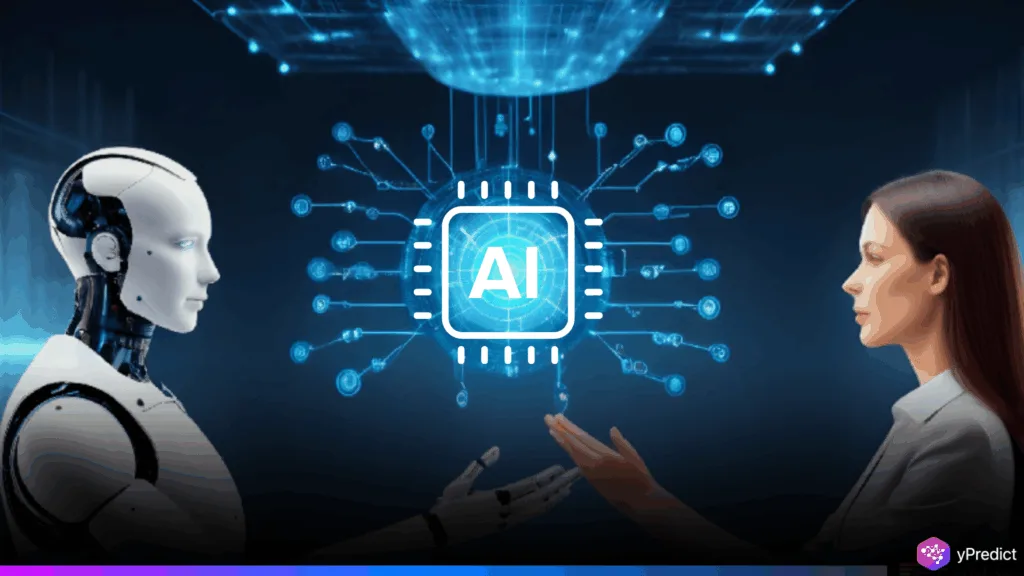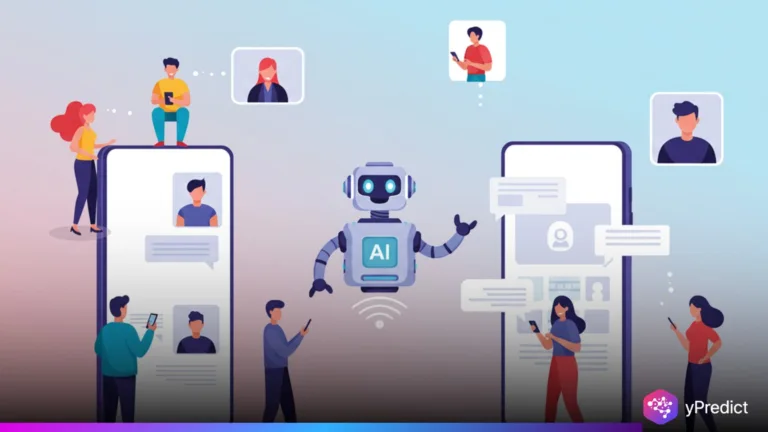
According to a recent report by the United Nations International Labour Organization (ILO), the AI job impact is overwhelmingly biased. It is affecting women’s employment more than that of men. The female-dominated occupations are becoming increasingly difficult as artificial intelligence continues to change workplaces, particularly in high-income countries. Clerical and administrative work is becoming increasingly difficult.
Additionally, the report highlights that most present jobs are set to be reshaped. It promotes collaboration among legislators, employers, and labor unions to advance AI integration. This partnership increases productivity without increasing gender inequality.
How Is AI Reshaping Everyday Admin Tasks?
AI’s capability to properly carry out repetitive and structured operations is leading to a major upheaval in administrative jobs. The traditionally feminine occupations of data entry, secretarial work, and clerical work are becoming increasingly vulnerable to alteration. The ILO estimates that AI will likely alter 9.6% of female-performed jobs. In comparison, only 3.5% of jobs performed by men are expected to be affected. This shift displays a radical transformation in how tasks are performed.
In industries such as customer care, financial assistance, and healthcare management, work automation is increasingly dominating. While these changes may increase productivity, they can also lead to the displacement of unskilled workers. With AI systems increasingly able to mimic human thought processes and language, more processes can be automated now. Most of these processes used to need human oversight. Additionally, this change brings up urgent issues regarding job equity and access to retraining.
Gender Disparity Grows as AI Transforms Work
The AI job impact is particularly pronounced in high-income countries where technological integration is more advanced. Women who work in office-based positions face two main challenges. They include limited access to technical upskilling and vulnerability to AI-driven task automation. This trend widens the existing gender disparity in both income and career growth. Women in these fields run a serious risk of economic exclusion if proactive steps are not taken.
Jobs in media, software, and financial services are also undergoing rapid evolution due to generative AI. Furthermore, these domains are gradually shifting from manual processes to AI-assisted content creation and decision-making. The ILO cautions that impacted workers, particularly women, may find it challenging to adjust to new roles if support networks are not in place.
The ILO report argues powerfully for government-industry partnerships in support of inclusive AI deployment. During the Fair Recruitment Initiative conference, ILO Assistant Director-General Manuela Tomei highlighted the issue and its consequences. The ILO’s official X account repeated her message: “Without fair recruitment, there’s no #DecentWork.”
Can Inclusive Planning Reduce the AI Job Impact?
To counter the uneven AI job impact, the ILO recommends strategic investments in human capital. Gender-focused policies and vocational training initiatives could help guarantee that AI increases rather than decreases labor market participation. Providing equal access to digital literacy and upskilling is essential to this.
To reduce disruptions, forward-thinking businesses are already experimenting with AI-human collaboration models. With these configurations, routine tasks are left to AI while human judgment is retained for complex decisions. Therefore, workplace redesign and creative policies will be essential to preserving jobs and reducing the gender gap.
What the AI Job Impact Means for Women?
The ILO’s findings serve as a wake-up call to reconsider how we integrate technology into the workforce. AI job impact may be unavoidable, but it does not have to be unequal. Intentional inclusion is essential for a just transition to an AI-driven world, particularly for women, to ensure that no one is left behind.






